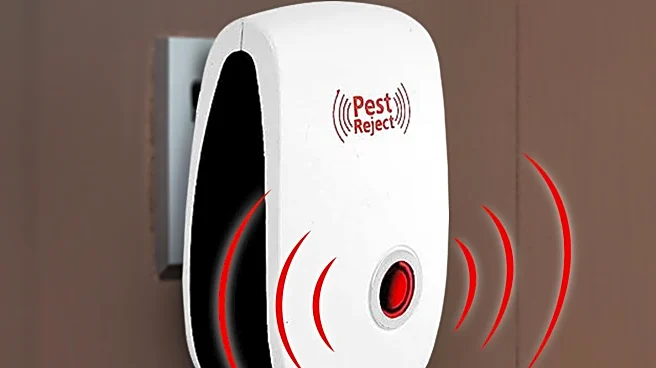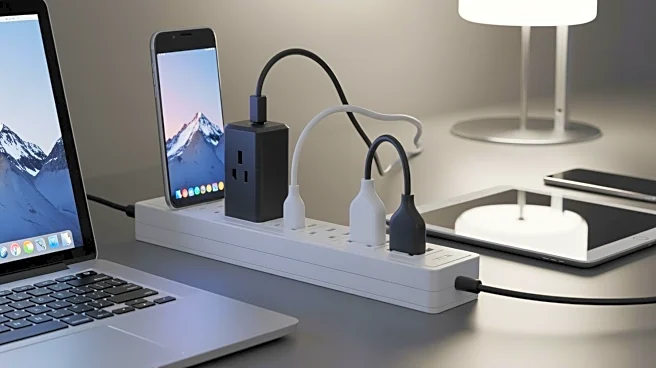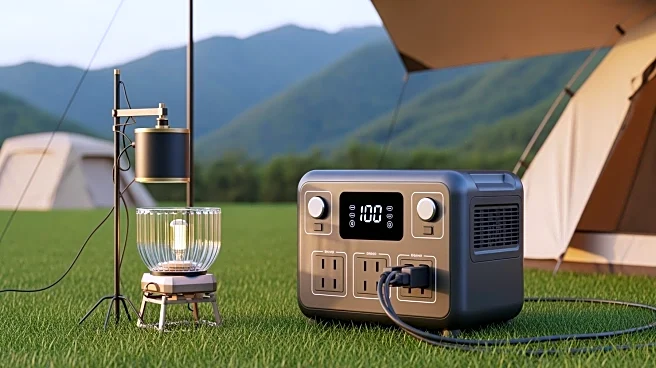What's Happening?
Severe weather events can lead to downed power lines and sudden outages, posing a risk to expensive electronics. Consumer Reports suggests using inverter generators to protect devices during such events.
These generators, such as models from Wen and Generac, provide high-quality power similar to a wall outlet, reducing the risk of damage to electronics. Additionally, surge protectors offer another layer of safety, with whole-home versions available for areas prone to lightning. Consumer Reports also advises using battery-saver mode on phones during emergencies to preserve battery life.
Why It's Important?
The recommendations from Consumer Reports highlight the importance of safeguarding electronics during severe weather, which can cause significant financial loss due to damaged devices. Inverter generators and surge protectors can mitigate these risks, ensuring continuity in power supply and protection of valuable electronics. This advice is particularly relevant for individuals living in areas prone to frequent storms and lightning, where power outages are common. By adopting these measures, consumers can prevent costly repairs or replacements and maintain communication during emergencies.
What's Next?
As severe weather events become more frequent, consumers may increasingly invest in inverter generators and surge protectors to protect their electronics. Manufacturers of these devices might see a rise in demand, prompting innovation and improvements in product offerings. Additionally, public awareness campaigns could be launched to educate consumers on the importance of electronic protection during storms, potentially leading to increased adoption of recommended practices.
Beyond the Headlines
The emphasis on electronic protection during storms also raises questions about infrastructure resilience and the need for improved power grid reliability. As consumers take steps to protect their devices, there may be increased pressure on utility companies to enhance grid stability and reduce outage occurrences. This could lead to policy discussions on infrastructure investment and modernization to better withstand severe weather impacts.











